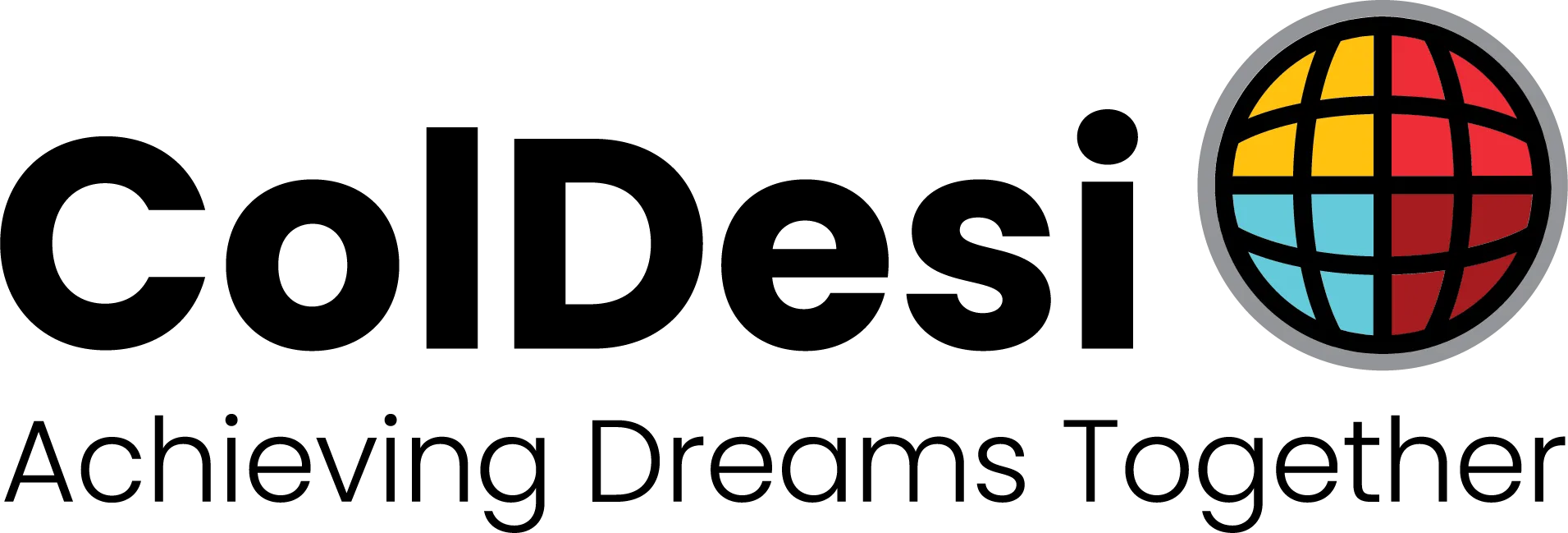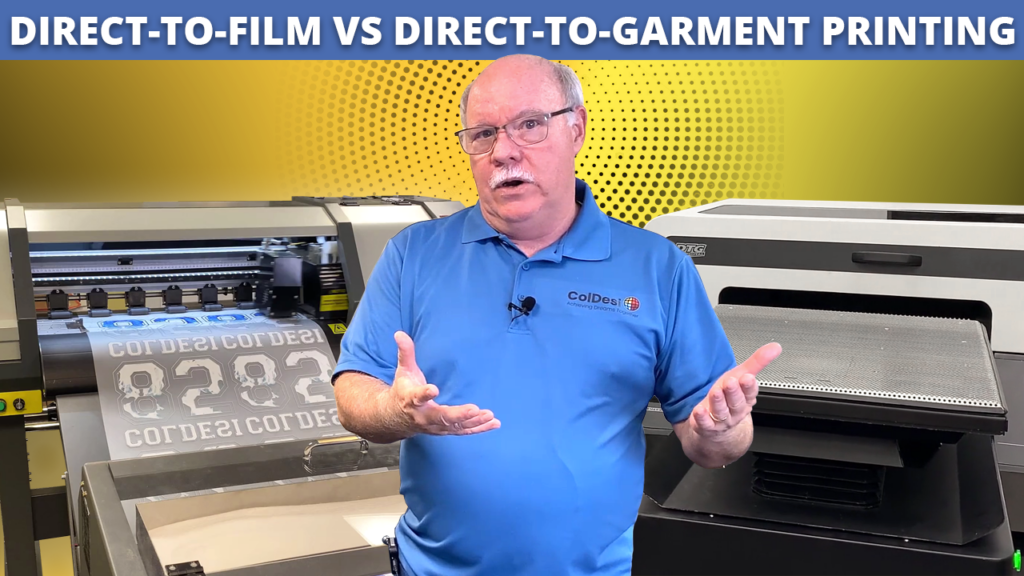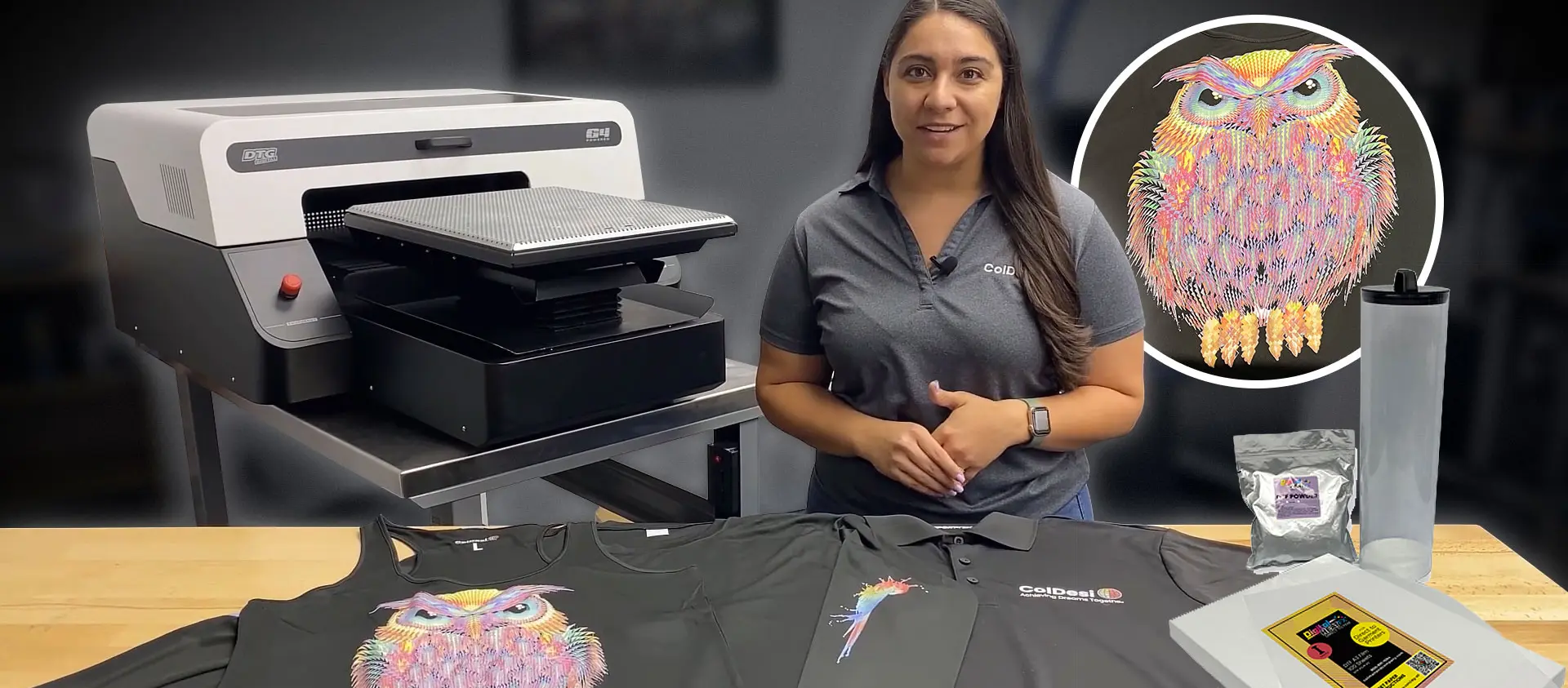Direct-to-Film or Screen Printing | Your Best Option?
When it comes to printing t-shirts, there are two main methods: screen printing and direct-to-garment (DTG) printing. Screen printing is the traditional method, and it involves creating a screen of the design and then using that screen to apply ink to the fabric. DTG printing, on the other hand, uses a special printer to directly apply ink to the garment. Each has its advantages, but there is something new out that is taking both markets by storm. DTF Printing
Advantages of DTF printing over screen printing
First, DTF printers are much faster, so they can produce larger orders in a shorter period of time.
Second, DTF printing is more versatile, so it can be used on a wider range of fabrics, including dark-colored garments.
And third, DTF printers produce a higher quality image, so the finished product looks more professional. You can even print your DTF transfer films with DTG printers such as the DTG G4 from ColDesi.
For these reasons, DTF printing is becoming the preferred method for many t-shirt printers.
Is it really better than Screen Printing?
At first glance, it might seem like screen printing is the obvious choice when it comes to large-scale printing projects. However, there are several advantages to DTF printing that make it a better option for many businesses.
For one thing, the RIO or Raw Image Output of DTF printing is significantly faster than screen printing, which can be a major benefit when you need to print a large number of items in a short period of time.
Is DTF Printing More Versatile than Screen-Printing?
Additionally, DTF printing is more versatile than screen printing, meaning that you can use it to create a wider range of locations on the shirt.
And finally, for certain types of jobs and small runs, DTF printing is less expensive than screen printing, making it a more cost-effective option for many businesses. When it comes to high-volume printing projects, DTF printing is a clear choice.
Here are the biggest advantages of digital textile printing: you can print hundreds of transfers per hour, it has a very soft hand, and it is surprisingly stretchable. Additionally, it is okay for your most demanding fabrics and pennies per print. As a result, short runs are very realistic. Finally, it washes like screen print transfers and feels even better over time.
Best Way to Decorate Hats
DTF Transfer Printing Demonstrations
DTF vs White Toner Printing









